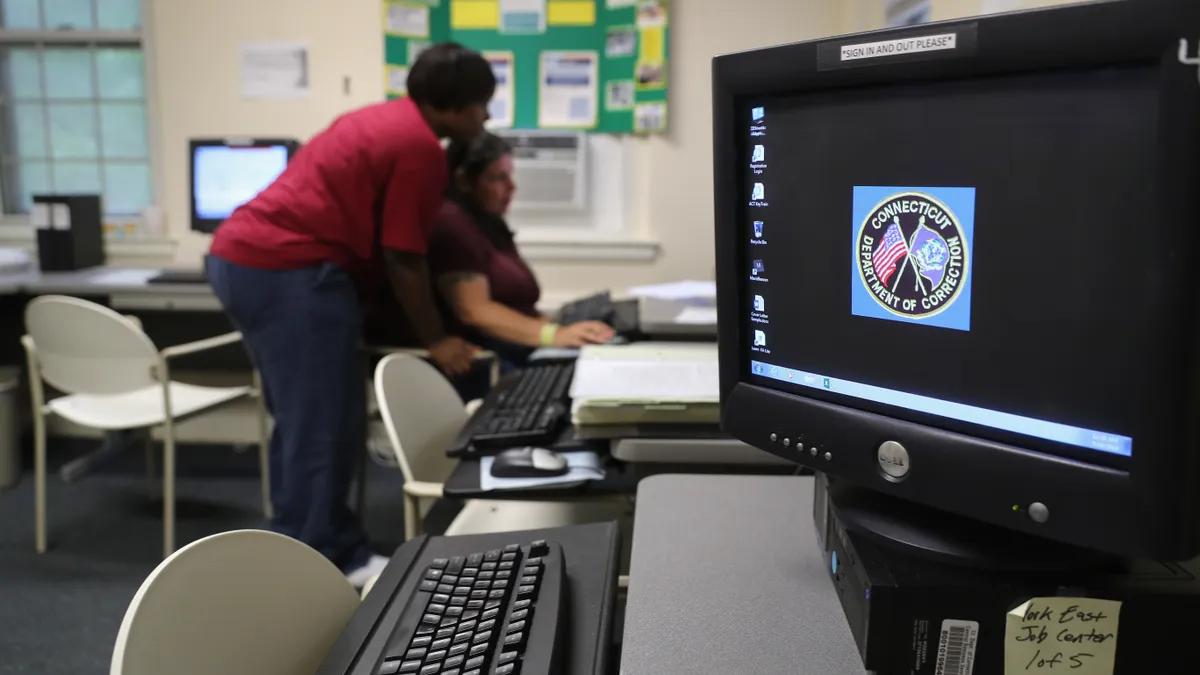With Black Friday and Cyber Monday sales behind us, millions of Americans are still busy finalizing their retail shopping efforts this holiday season. No doubt, as consumers have been hitting the stores in droves, retail workers have been working hard to meet their needs in the most customer-friendly way possible. Holiday hiring has been in line with last year’s numbers, according to the National Retail Association, producing some 675,300 new retail jobs.
Retail gets a pay raise, but training also matters
Wal-Mart and other large retail chains advised they would be raising the hourly salaries and improving training for millions of their workers, according to Lauren Weber who writes for the Wall Street Journal. This is an effort to curb retail turnover this year.
In order to get these holiday and seasonal workers ready, a lot of work went into onboarding and training them. A new report from Bridge by Instructure reveals just how critical training is for employees in the retail sector in terms of their confidence levels and ability to perform the duties of this challenging work. There seems to be a gap between what management believes is ‘enough’ training and what retail workers expect.
In October 2016, Bridge by Instructure, a software firm that produces corporate learning platforms, conducted a survey of 500 retail employees and 500 retail managers across the US – just before the peak of the holiday shopping cycle. They wanted to understand how companies were training and preparing employees for this year’s onslaught of holiday shopping and if any training gaps existed. What they learned included:
- The impact that training and preparation have on the mindset of frontline retail workers, including their confidence and attitudes
- The difference between what trained managers and employees experience vs. those who are not well-trained
- The optimal amount of quality training time required to ensure that retail workers are providing a solid return on investment
What retail employees worry about
It turns out that in most cases, employees and management are concerned about similar things in regards to the overall holiday retail experience. The top 5 concerns of employees heading into the 2016 retail season included: Shoplifting/fraud, hiring enough workers, having to work Thanksgiving and Black Friday, training to handle the holiday rush, and achieving sales quotas/avoiding burnout.
For managers, they were concerned with: Shoplifting/fraud, hiring enough qualified employees, achieving sales quotas, cybersecurity threats, and inventory concerns. It’s more of a numbers game with management, naturally, but it does go to show that employees are tapped into these business aspects more than one would think.
How training impacts retail employees
The report showed that training matters a lot to employees, even if just a few hours are focused on getting them prepped for holiday shopping demands – but there are gaps in what management thinks this should include. In this report, “70% of managers felt their teams were “very prepared” to handle the additional demands of the holiday retail season, but only 56% of employees felt this way.”
Additionally, “Employees reported spending 2-5 hours training for the holiday season, while managers reported spending 6-10 hours training employees.” It’s hard to tell from the report why management indicated training that’s twice the amount of time that employees advise, but it could have to do with the time spent developing the training materials, working with individual employees, or having to train by demonstrating certain topics in the real-world.
But around 11% of employees said that they did not get any kind of holiday training at all.
Burnout and turnover rates are considered by most to be the hallmark of retail, even during average shopping times. The Families and Work Institute studied the retail market and their National Study of the Changing Workforce report advised that retail employees who are given better wages, the ability to choose their own schedules, and work that makes a difference are more likely to be retained by companies. The report also pointed out something critical. There are two types of retail employees in general: those who know they are temporary and are fine with this, and employees who plan to make retail a long-term career. In each case, training concepts and ongoing professional development must be designed to meet these unique goals.
So, while research can point to the need for more training for retail employees, especially those facing the pressures of the holiday season, there are also many opportunities to train and retain career-minded retail employees using strategic professional development methods.



















